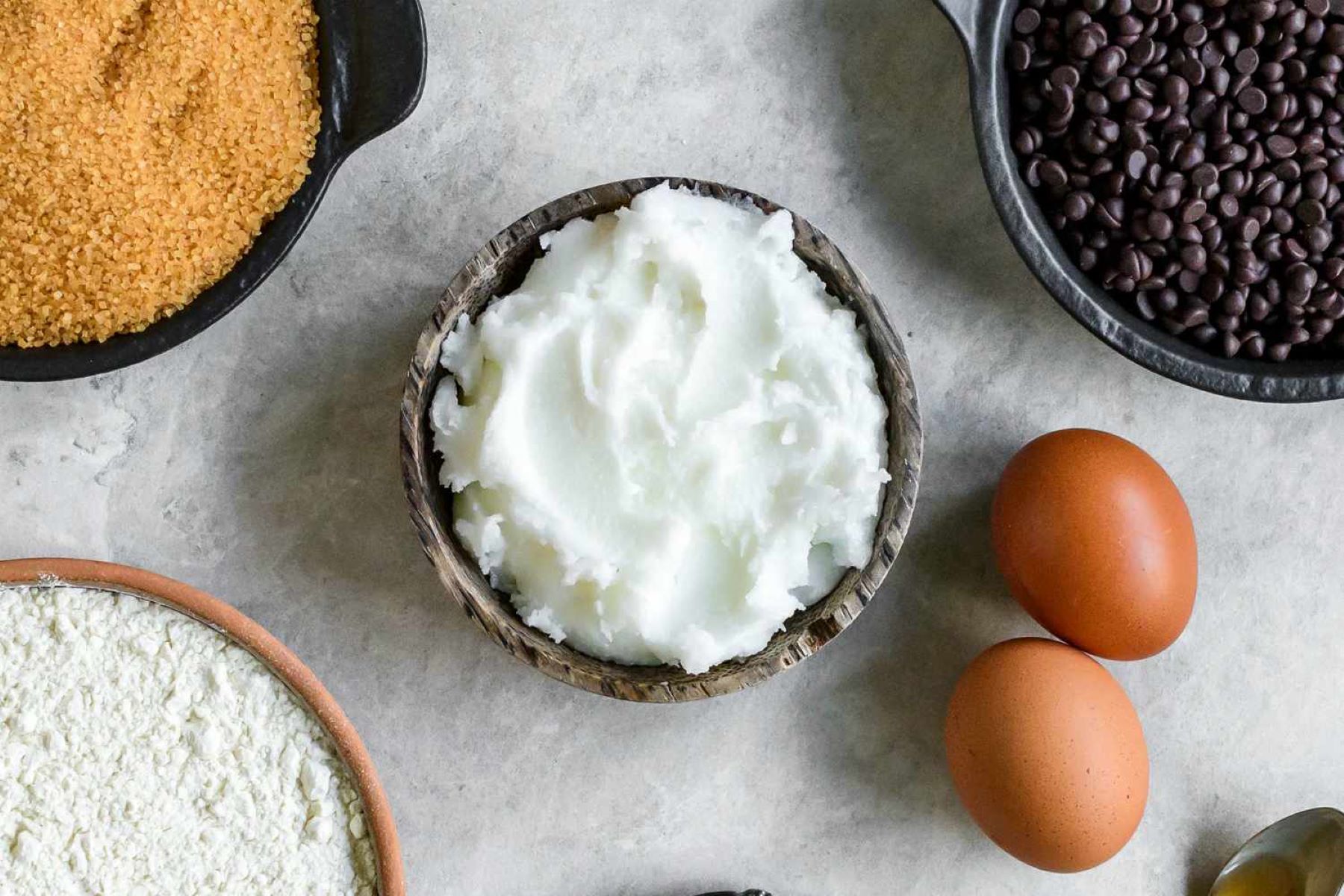

Articles
How To Store Shortening
Modified: December 7, 2023
Learn the best way to store shortening in this helpful article. Discover important tips and tricks for keeping your shortening fresh and ready to use.
(Many of the links in this article redirect to a specific reviewed product. Your purchase of these products through affiliate links helps to generate commission for Storables.com, at no extra cost. Learn more)
Introduction
Shortening is a versatile kitchen ingredient that plays a crucial role in baking and cooking. Whether you use it for making flaky pie crusts, tender cakes, or flavorful fried foods, proper storage is essential to maintain its quality and extend its shelf life. In this article, we will explore the various methods and best practices for storing shortening.
Shortening is a solid fat made from hydrogenated vegetable oil. It is often used as a substitute for butter or margarine due to its high melting point and ability to add texture and tenderness to baked goods. It is important to note that shortening is not the same as oil, which is a liquid fat.
When stored correctly, shortening can remain fresh for a considerable amount of time. However, exposure to air, light, and heat can cause the quality of shortening to deteriorate. To ensure that your shortening is always ready to use and maintains its flavor and texture, it is crucial to follow proper storage techniques.
In the following sections, we will discuss the different storage options available for shortening, including storing at room temperature, refrigerating, and freezing. We will also provide valuable tips on how to maintain the quality of shortening for an extended period.
Key Takeaways:
- Proper storage of shortening is crucial to maintain its quality and extend its shelf life. Whether at room temperature, in the fridge, or freezer, choosing the right container and following storage guidelines is key.
- Understanding shortening’s nature and choosing the right storage method are essential. Whether at room temperature, in the fridge, or freezer, proper packaging, labeling, and following tips will help maintain the quality and flavor of shortening.
Read more: How To Store Vegetable Shortening
Understanding Shortening
Before we delve into the storage methods, it’s important to have a basic understanding of what shortening is and how it is made. Shortening is a type of fat that is solid at room temperature. It is typically made by hydrogenating vegetable oil, which turns the liquid oil into a semi-solid or solid state.
The hydrogenation process involves adding hydrogen atoms to the vegetable oil, which increases its stability and raises its melting point. This allows shortening to hold its shape and provide structure to baked goods.
Shortening is commonly used in baking because it has a higher melting point than butter or margarine. This means it stays solid for longer periods and helps create flaky and tender pastry crusts, biscuits, and cookies.
Unlike butter, shortening is flavorless and has a neutral taste, which makes it ideal for recipes where you don’t want the fat to impart any distinct flavor. It also has a longer shelf life compared to butter, as it doesn’t contain the milk solids that can spoil.
When it comes to choosing shortening, you have a few options. Traditional solid vegetable shortening is a popular choice and can be found in most grocery stores. It usually comes in a tub or canister and is made from partially hydrogenated vegetable oils.
Another option is trans-fat-free shortening, which is made without hydrogenated oils. This type of shortening is often recommended for health-conscious individuals or those following specific dietary restrictions. It can be found in specialty stores or online retailers.
Understanding the composition and characteristics of shortening is important because it directly affects how it should be stored. By knowing the qualities and purpose of shortening, we can make informed decisions about the best way to store it and preserve its quality.
Choosing the Right Storage Container
When it comes to storing shortening, the choice of a suitable storage container is crucial. The right container will help protect the shortening from exposure to air, light, and moisture, which can negatively impact its quality.
Here are a few factors to consider when choosing the right storage container for your shortening:
- Airtight: Opt for a container that has a tight-fitting lid or seal. This will prevent air from getting inside and oxidizing the shortening, which can cause it to become rancid.
- Opaque: Look for a container that is opaque or made from a material that blocks out light. Exposure to light can lead to degradation of the shortening’s quality over time.
- Durable and Non-reactive: Choose a container that is made of a durable material and is non-reactive. Plastic or glass containers are excellent choices as they do not react with the shortening.
- Size: Consider the size of the container based on your usage and storage needs. If you regularly use shortening in large quantities, opt for a larger container to avoid the need for frequent transfers.
Popular storage container options for shortening include glass jars, plastic containers with tight-sealing lids, or even resealable plastic bags. These options provide the necessary protection to keep the shortening fresh and free from contaminants.
It’s worth noting that if you choose to store shortening in its original packaging, ensure that it is tightly sealed. Some shortening brands come in tubs or cans with lids that can be resealed after each use. If the original packaging is not airtight, transferring the shortening to a different container is recommended.
By selecting a suitable storage container, you can safeguard the quality and freshness of your shortening, ensuring it remains ready to use whenever you need it.
Storing Shortening at Room Temperature
Storing shortening at room temperature is a common practice, especially if you use it frequently and want it to remain soft and easy to scoop. While shortening can be stored at room temperature, it’s important to take precautions to ensure its freshness and prevent spoilage.
Here are some guidelines for storing shortening at room temperature:
- Cool and Dark Location: Find a cool and dark spot in your kitchen or pantry to store the shortening. Excessive heat and exposure to light can cause the shortening to melt or become rancid.
- Airtight Container: Place the shortening in an airtight container to protect it from air and moisture. This will help maintain its quality and prevent it from absorbing any stray odors from the surroundings.
- Keep Away from Heat Sources: Keep the container of shortening away from heat sources like stoves, ovens, or direct sunlight. Heat can accelerate the breakdown of the shortening, causing it to spoil more quickly.
- Regular Inspection: Periodically check the shortening for any signs of spoilage, such as off smells, mold, or discoloration. If you notice any of these, discard the shortening immediately.
It’s important to note that storing shortening at room temperature may alter its texture and consistency, especially in warmer climates. If your kitchen tends to be warm or if you live in a hot region, you may want to consider refrigerating or freezing the shortening instead to maintain its optimal quality.
Remember that the shelf life of shortening stored at room temperature may vary depending on various factors, including the quality of the shortening and the storage conditions. It’s always a good idea to check the manufacturer’s recommendations for specific guidelines on shelf life.
By following these guidelines, you can successfully store shortening at room temperature and ensure its quality and usability for an extended period.
Store shortening in a cool, dry place away from direct sunlight. Keep it tightly sealed to prevent it from absorbing any odors or flavors from other foods in the pantry.
Refrigerating Shortening
Refrigerating shortening is a viable option if you want to extend its shelf life and maintain its texture and freshness. While shortening can be stored at room temperature, refrigeration can help preserve its quality and prevent it from turning rancid.
Here are some guidelines for refrigerating shortening:
- Proper Packaging: Transfer the shortening from its original packaging to an airtight container or wrap it tightly in plastic wrap. This will prevent it from absorbing any odors from other foods in the refrigerator.
- Cool Temperature: Place the container of shortening in the refrigerator at a temperature between 32°F (0°C) and 40°F (4°C). This temperature range is ideal for maintaining the freshness and texture of the shortening.
- Avoid Temperature Fluctuations: Keep the shortening away from the door or any areas of the refrigerator where temperature fluctuations are more likely to occur. Fluctuating temperatures can affect the quality of the shortening.
- Label and Date: It’s a good practice to label the container with the date of storage. This will help you track the freshness and determine when it should be used by.
- Allow for Softening: Keep in mind that refrigerated shortening tends to become firm. If you need softened shortening for a recipe, remove it from the refrigerator and let it sit at room temperature for about 30 minutes before using.
Refrigerating shortening can significantly extend its shelf life, keeping it fresh and usable for an extended period. However, refrigeration may cause the shortening to become slightly harder, making it more suitable for recipes that require a solid fat, like pie crusts.
It’s important to note that if you live in a particularly cold climate, refrigerating shortening may not be necessary, as the cooler room temperatures may be adequate for storage.
By following these guidelines, you can safely refrigerate shortening and ensure its quality and usability whenever you need to use it in your recipes.
Read more: How To Store Shortening After Opening
Freezing Shortening
Freezing shortening is another option to consider if you want to prolong its shelf life even further. Freezing not only helps to maintain the quality of the shortening but also allows you to store it for an extended period without the risk of spoilage.
Here are some guidelines for freezing shortening:
- Proper Packaging: Transfer the shortening from its original packaging to an airtight container or wrap it tightly in plastic wrap. Make sure there are no air pockets or openings that could lead to freezer burn.
- Label and Date: Clearly label the container with the date of freezing. This will help you keep track of its storage time and ensure you use the oldest portion first.
- Freeze in Portions: Consider portioning the shortening before freezing to make it easier to use in your recipes. Divide it into smaller portions based on the amount typically required in your cooking or baking.
- Freezer Storage: Place the container of shortening in the freezer at a temperature of 0°F (-18°C) or below. Ensure it is stored in a spot where it won’t get crushed or damaged by other items.
- Thawing and Softening: When you need to use frozen shortening, remove it from the freezer and let it thaw in the refrigerator overnight. Once thawed, you may notice a change in texture, so allow it to come to room temperature and soften before using.
By freezing shortening, you can significantly extend its shelf life, with some varieties lasting up to a year or more in the freezer. This is particularly useful if you have a large quantity of shortening or if you come across a sale or bulk purchase.
It’s important to note that freezing may cause a slight change in texture, making the shortening slightly grainy. However, once it is incorporated into your recipes and undergoes the cooking or baking process, this texture change will not be noticeable.
With proper packaging and storage, frozen shortening can be a convenient option to have on hand whenever you need it, ensuring that you always have a fresh supply available for your culinary creations.
Tips for Maintaining Shortening Quality
To ensure the best quality and freshness of your shortening, here are some helpful tips to keep in mind:
- Store in Cool and Dry Environment: Whether you choose to store shortening at room temperature, refrigerate it, or freeze it, always make sure to store it in a cool and dry environment. Avoid exposure to excessive heat, moisture, and direct sunlight, as these can affect the quality and shelf life of the shortening.
- Use Clean Utensils: When scooping shortening from the container, always use clean and dry utensils. Avoid introducing moisture or any foreign particles into the container, as this can contaminate the shortening and reduce its freshness.
- Rotate Stock: If you regularly use shortening, it’s a good practice to rotate your stock. Use older shortening first to ensure that it doesn’t expire or lose its quality. This will help you maintain a fresh supply and avoid potential waste.
- Seal Properly: Whether you’re storing shortening at room temperature or in the refrigerator or freezer, always ensure that the container is sealed tightly to prevent air, moisture, and odors from compromising the quality of the shortening.
- Keep Away from Strong Odors: Shortening can easily absorb strong odors from other foods in the vicinity. To prevent this, store shortening away from pungent or strong-smelling ingredients in your pantry or refrigerator.
- Check for Signs of Spoilage: Regularly inspect the shortening for any signs of spoilage, such as an off smell, discoloration, or mold. If you notice any of these signs, it’s best to discard the shortening to ensure food safety.
- Use Fresh Shortening: While properly stored shortening can last for quite a while, it’s always recommended to use fresh shortening whenever possible. The fresher the shortening, the better the results in your cooking and baking.
By following these tips, you can maintain the quality and freshness of your shortening, ensuring that it is always ready to use whenever you need it in your culinary endeavors.
Conclusion
Proper storage of shortening is vital for maintaining its quality, flavor, and texture. Whether you choose to store shortening at room temperature, refrigerate it, or freeze it, following the right practices will help ensure that your shortening remains fresh and ready to use whenever you need it.
Understanding the nature of shortening, choosing the right storage container, and implementing appropriate storage techniques are key factors in preserving the quality and extending the shelf life of shortening.
Storing shortening at room temperature is suitable if you use it frequently and want it to remain soft and easily scoopable. However, it is crucial to keep it in a cool and dark location, away from excess heat and light.
Refrigerating shortening can help to prolong its shelf life and maintain its texture. Using an airtight container and keeping it at a consistent cool temperature in the fridge will ensure its freshness.
Freezing shortening is an excellent long-term storage option. Properly packaging and labeling the shortening are essential steps. Freezing can significantly extend the shelf life, giving you access to fresh shortening for an extended period.
Additionally, implementing a few tips, such as using clean utensils, rotating your stock, and sealing the containers tightly, will help maintain the quality and flavor of your shortening.
Remember to regularly inspect the shortening for any signs of spoilage and use fresh shortening whenever possible to ensure the best results in your cooking and baking.
By following these guidelines, you can effectively store and maintain the quality of your shortening, ensuring that it remains a reliable ingredient in your culinary endeavors, delivering delicious and beautifully baked goods every time.
Frequently Asked Questions about How To Store Shortening
Was this page helpful?
At Storables.com, we guarantee accurate and reliable information. Our content, validated by Expert Board Contributors, is crafted following stringent Editorial Policies. We're committed to providing you with well-researched, expert-backed insights for all your informational needs.



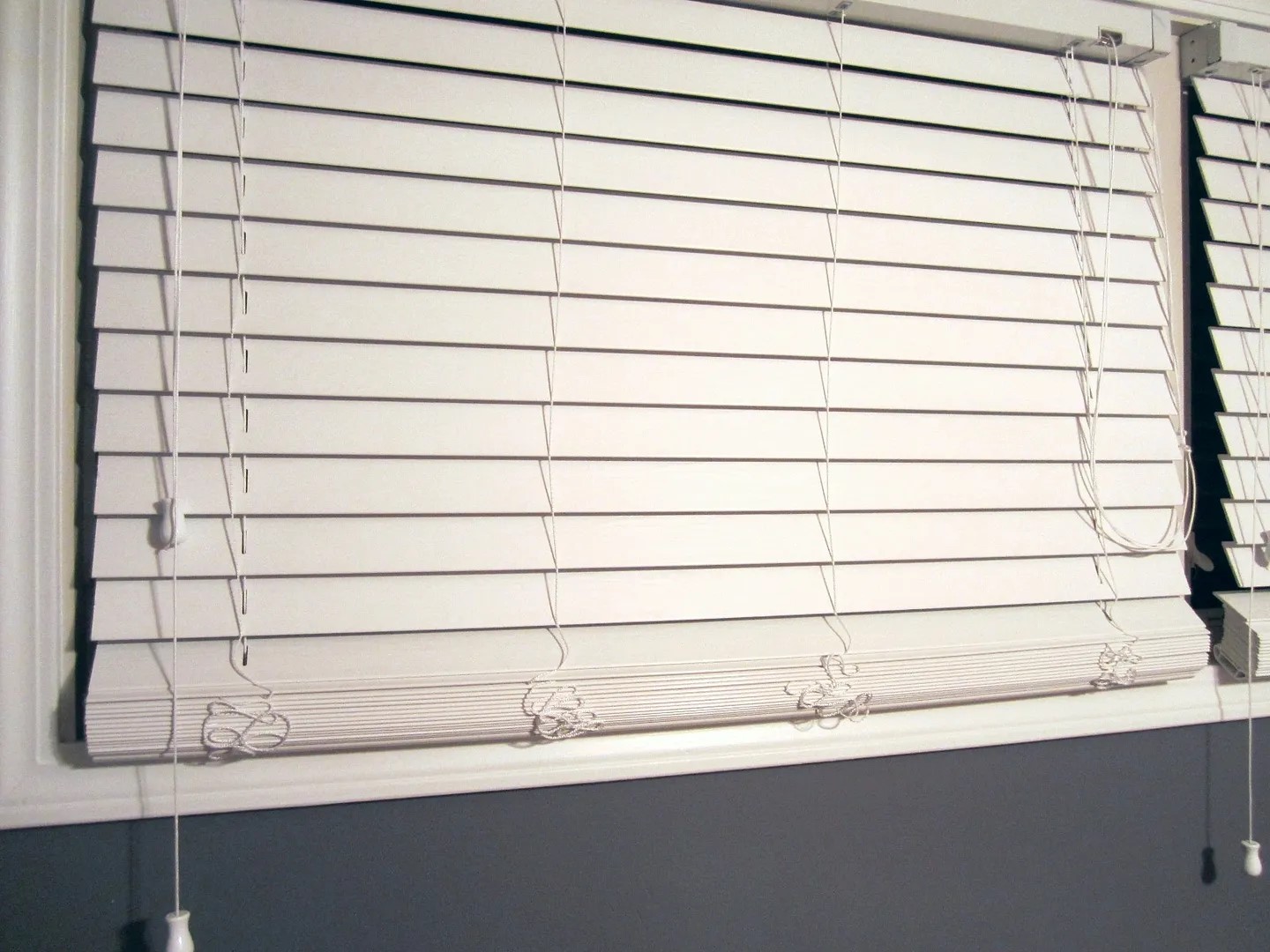

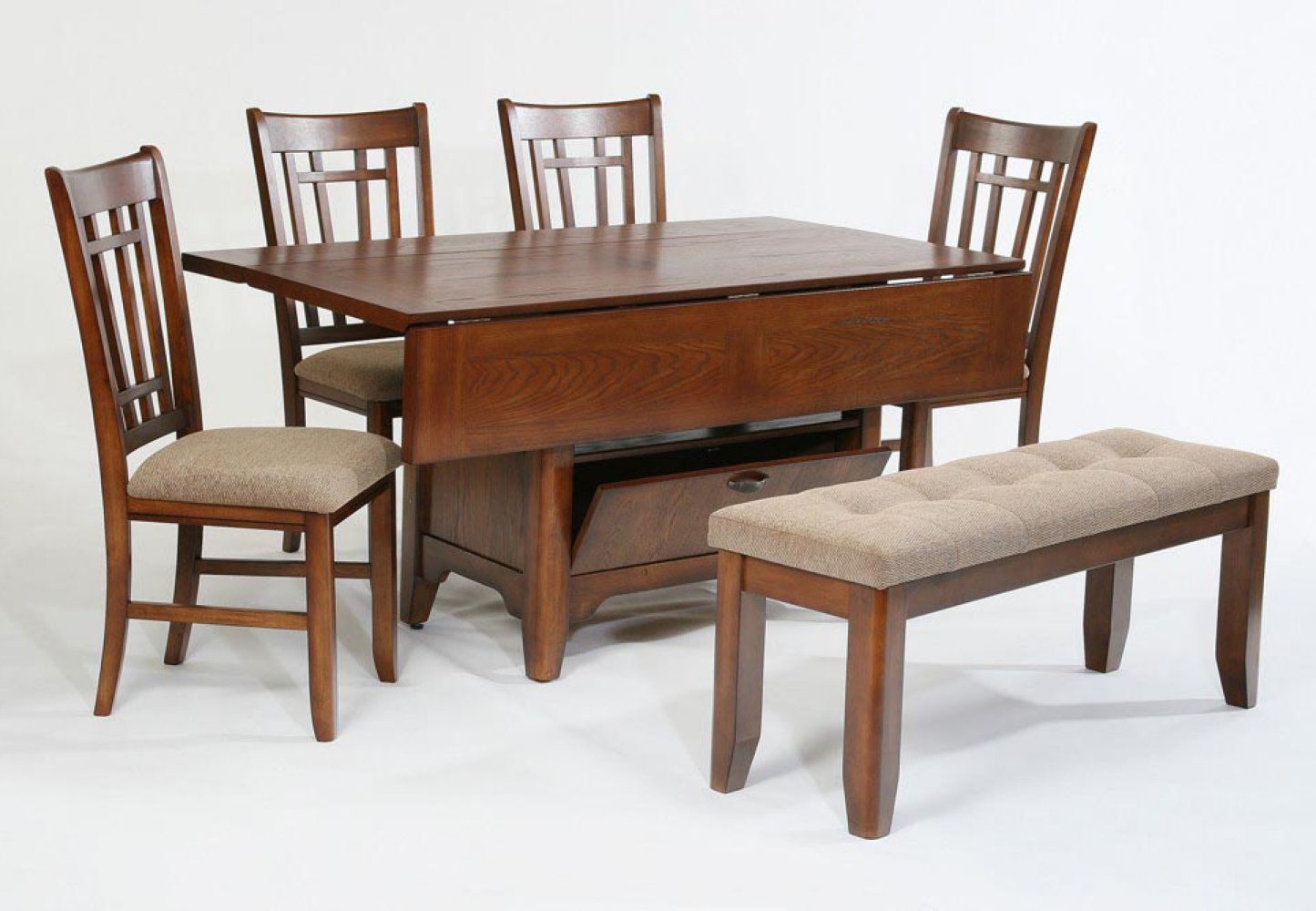

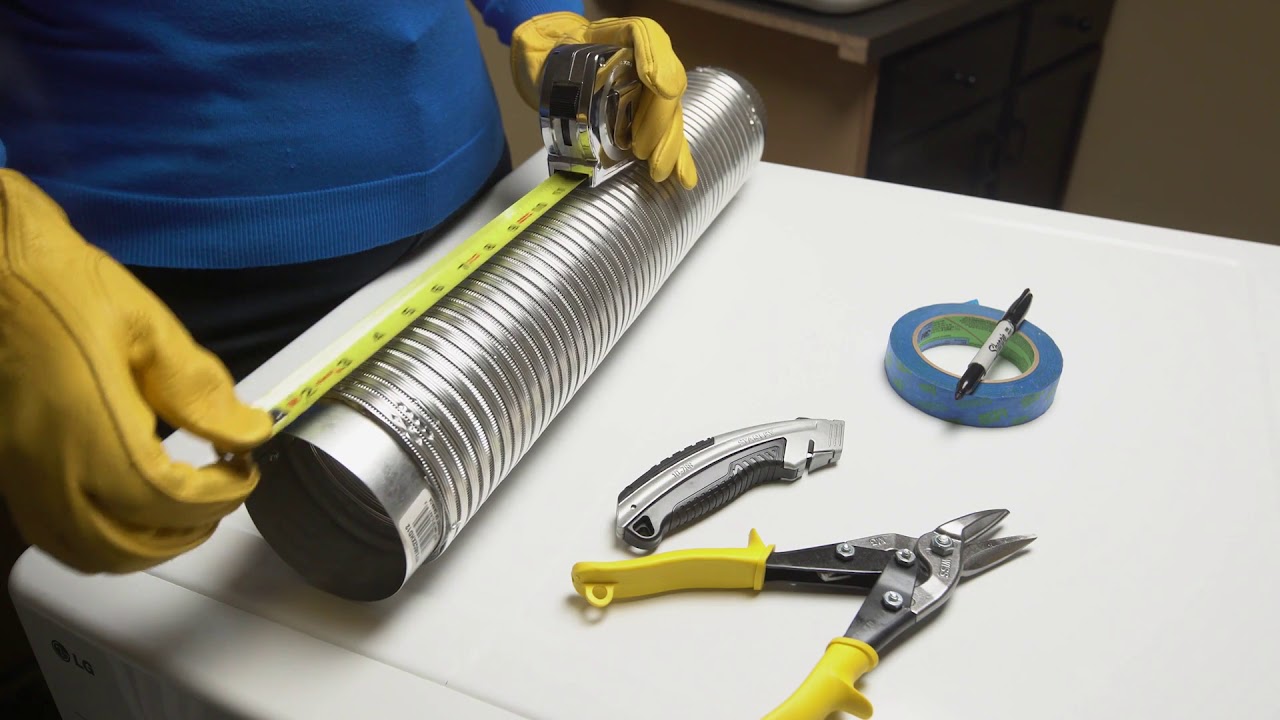
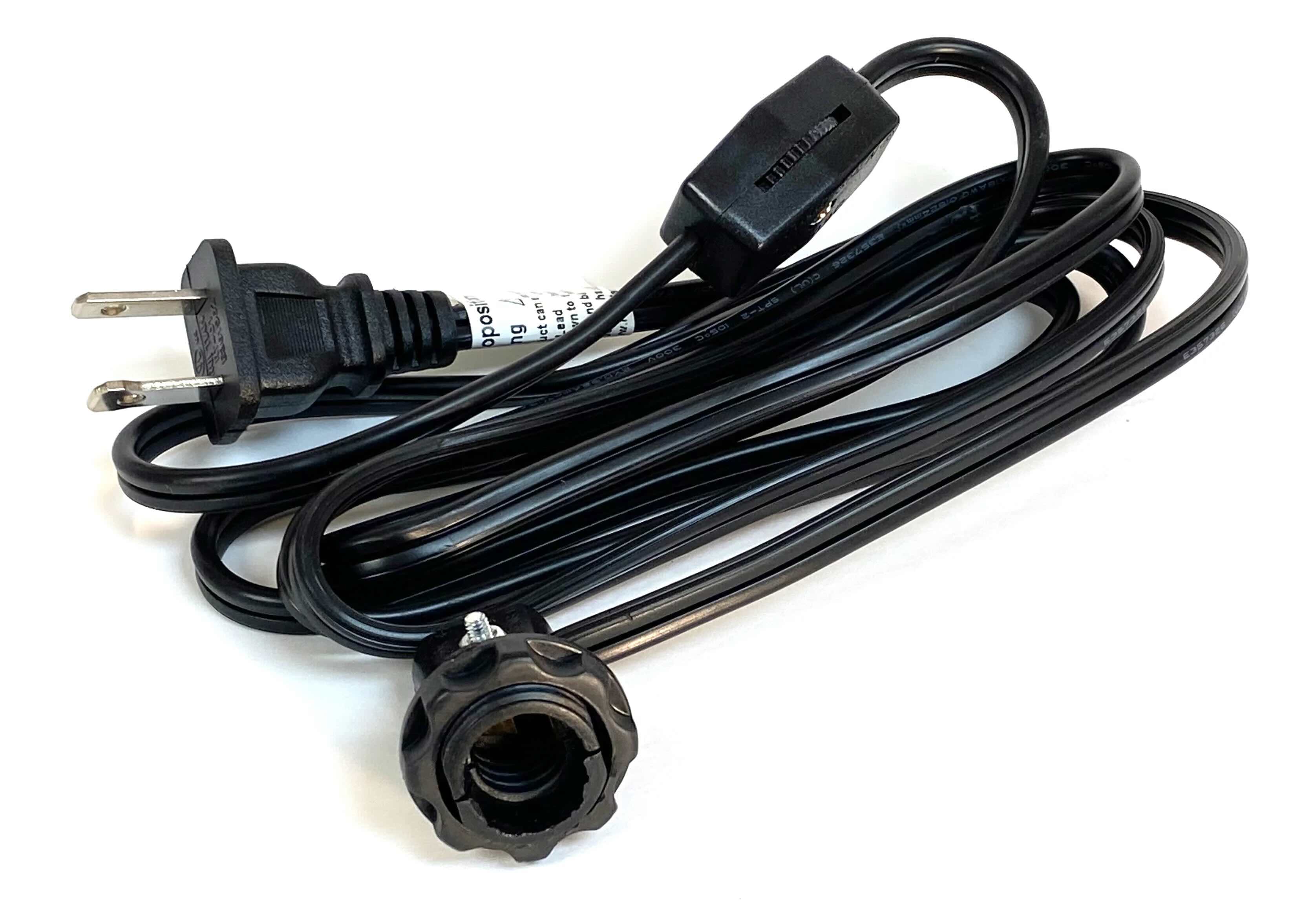
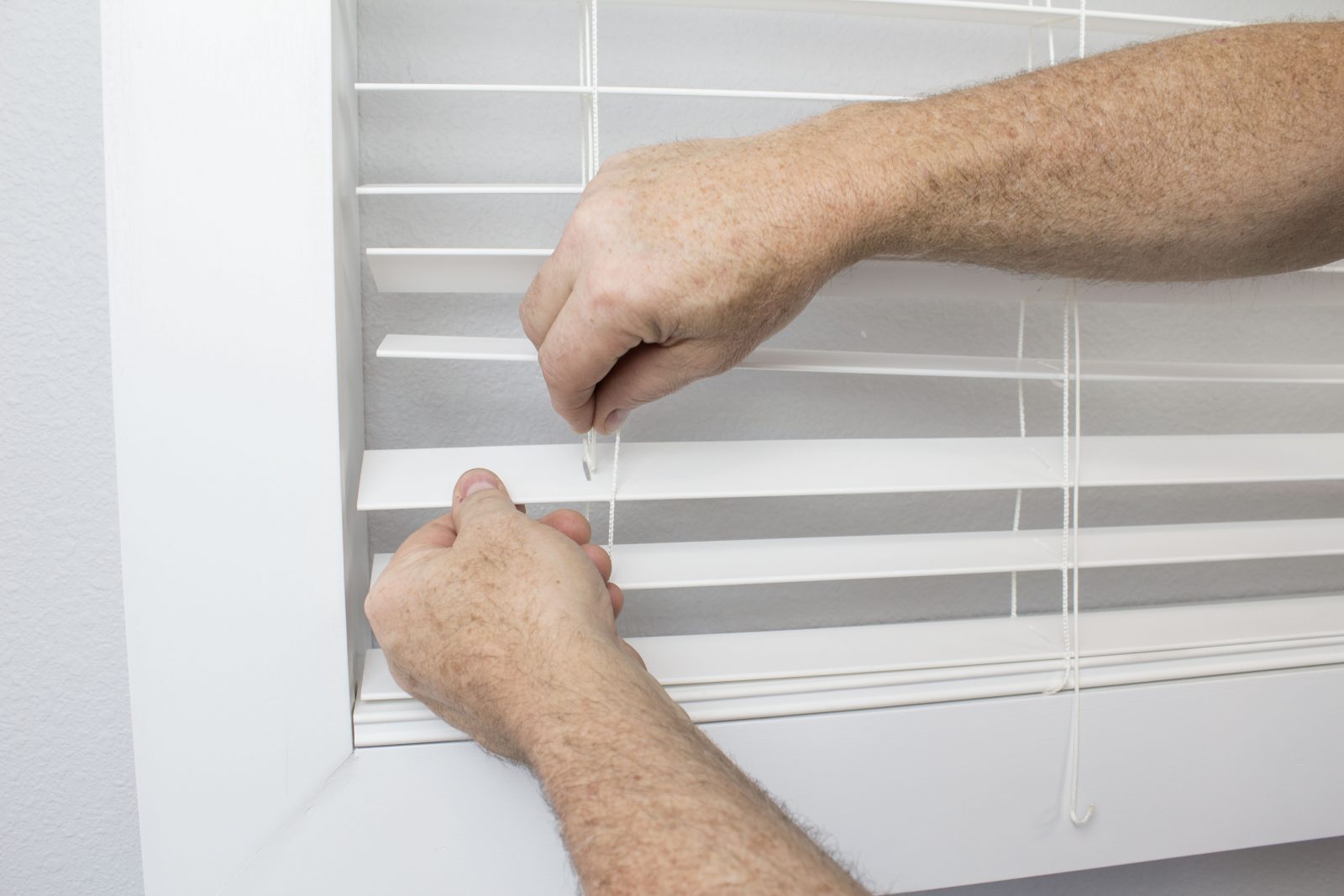
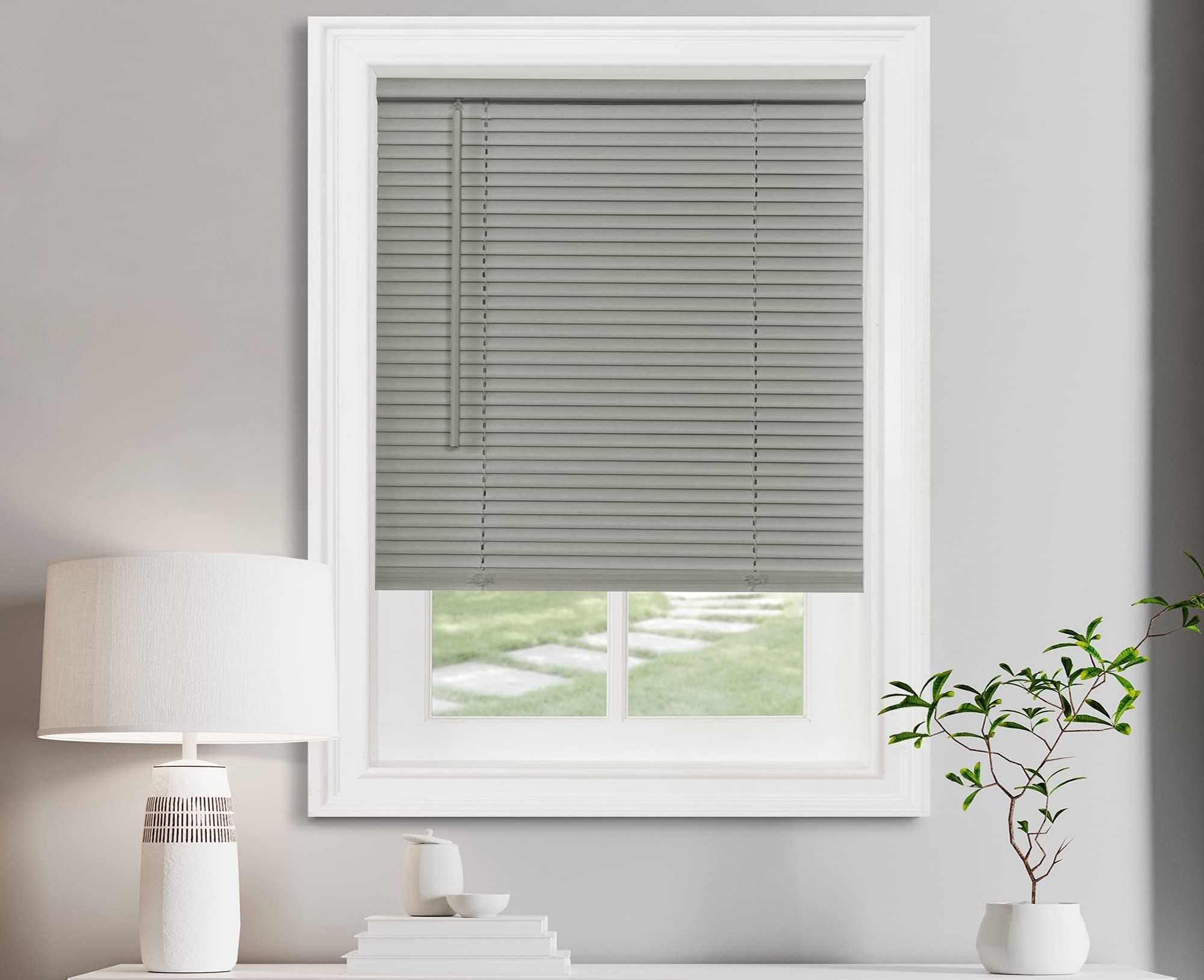

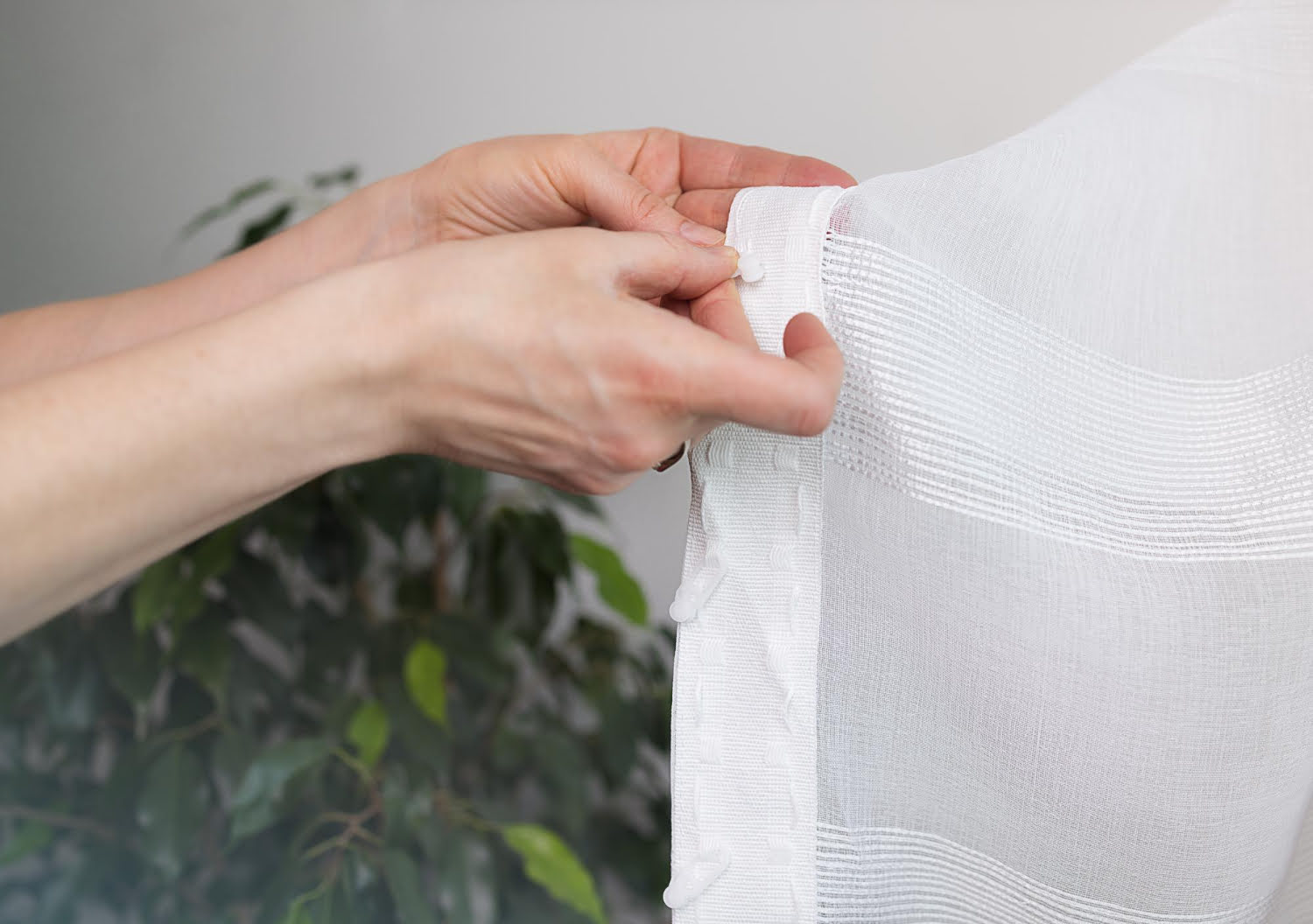


0 thoughts on “How To Store Shortening”